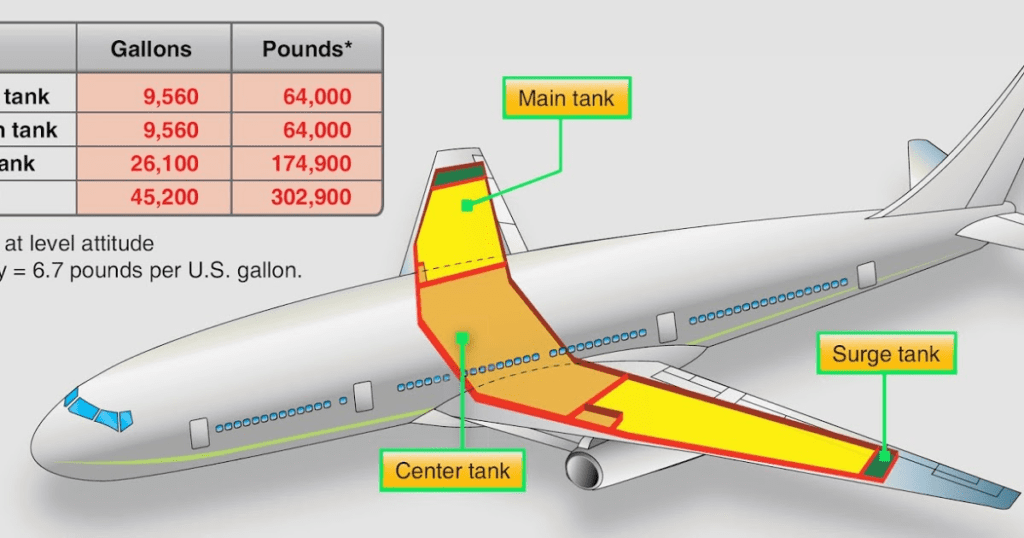
Before every flight, a Mass and Balance sheet has to be completed and signed by the Pilot in Command. The use of the balance sheet is to see whether all the Masses are well in limits. Also, pilots need to know the Centre of Gravity of the airplane to adjust the aircraft trim position.
The CG position has to remain in a fwd and aft limit set by the aircraft manufacturer to get proper flight stability. For example, the more aft the CG is, the more unstable the aircraft is, and the more forward it is the more the stability.
Aft CG has an effect of decrease of stall speed, while the forward CG makes stall speed higher. So, it is quite important that the CG is kept in the proper limits for a safe flight.
Another reason is, fuel is providing energy for propulsion not per volume unit but per weight unit. It’s the amount of matter that carries the umph and weight is the best indicator for amount of matter. (Although weight is not exactly the same as mass and although “g”, the gravitational acceleration, does change slightly depending on latitude and altitude, it’s still the best available.)
The energy comes from breaking the long carbon chains in the kerosene and the weight is the best indicator for how many carbon chains can be broken in a specific type of fuel.

(It’s the breaking of a chemical bond in the long carbon chains of the kerosene and the chemical reaction with oxygen from the air that provides the useful energy plus water and CO2… and some not so clean byproducts.)
Fuel, like any substance, expands and contracts depending on temperature. The tanks of an Airbus allow for example for a 2 percent expansion of the fuel on full tanks, which would as per Airbus manual be equivalent to a 20 degrees Celsius increase in temperature.
When you drive your car you’re likely not going to have extreme temperature variations like driving from Death Valley at 45 degrees Celsius to Antarctica at minus 60 on one tank of fuel so liters as a unit will do. An airplane however may take off in Dubai with fuel that’s almost 40 degrees Celsius and cruise to New York while gradually the fuel in the tanks cools to less than – 40 degrees or colder.

(What happens to fuel in a tank of an airplane is similar to what happens to the liquid or mercury in your thermometer: if it’s hot it will expand and if it’s cold it will contract.)
A rule of thumb is a percent contraction/expansion per 10 degrees Celsius difference if we go by the Airbus manual’s numbers. That would mean a staggering 8 percent indication difference in the cockpit if we go by these numbers. It’s likely a bit less.
If airliners would indicate fuel by volume in liters it would first of all be a badly chosen unit to stand for available energy and second it would cause a panic with the pilots when they would discover once in cold cruise that they have up to 8 percent less fuel than planned due to the contraction.
Rather, pilots are interested in how much time they can still fly with the fuel they have. Kilograms is a better indication for that than a more variable liters that depend on temperature.


